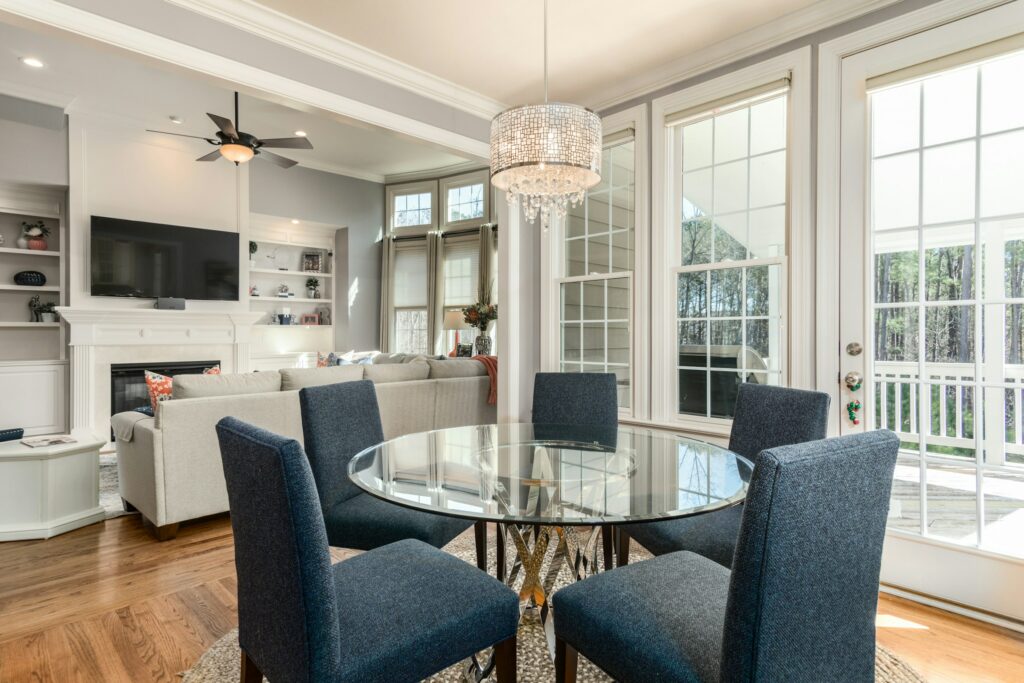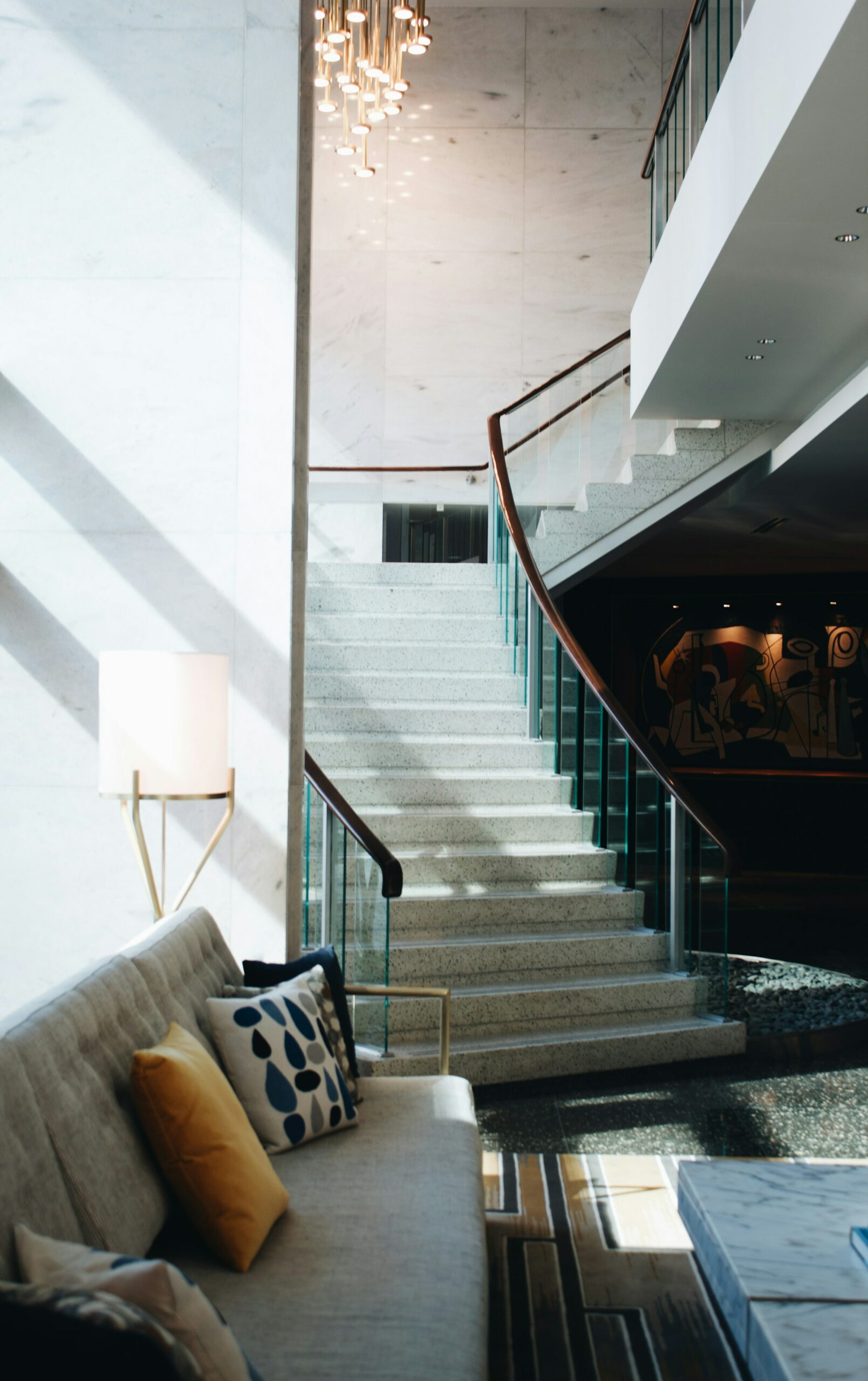G’day, fellow Aussies. Let’s talk about something you probably haven’t given much thought to lately: your windows. Yeah, those transparent things you look through every day. They might be telling you a few fibs.
But don’t worry; we’re about to strip away the misconceptions and expose the bare truth about glass tinting. Buckle up, because this isn’t your average window shopping experience.

The Uncomfortable Truth About Your Bare Windows
Here’s a fun fact to kick things off: Did you know that up to 30% of a home’s heating energy can be lost through windows in winter, and in summer, those same windows can let in up to 76% of the sun’s heat? That’s right—your windows are basically energy thieves, pinching your hard-earned cash right out of your wallet.
But wait, there’s more. Those UV rays that your bare windows are happily letting in? They’re not just giving you a sneaky tan while you’re trying to watch telly. They’re also fading your furniture, flooring, and artwork faster than you can say “crikey”. In fact, up to 99% of UV radiation can pass through untreated glass. It’s like your windows are hosting a UV party, and your belongings are the unwilling guests.
And let’s not even get started on your energy bills. Actually, scratch that—let’s absolutely get started on your energy bills. With all that heat gain in summer and heat loss in winter, your air conditioning and heating systems are working overtime. It’s like they’re on a constant treadmill, trying to keep up with the temperature rollercoaster your windows are creating. The result? Energy bills that make you want to cry into your flat white.
Glass Tinting: Not Just for Cars and Celebrities
Now, I know what you’re thinking. “Glass tinting? Isn’t that just for boy racers and celebs trying to dodge the paparazzi?” Well, hold onto your hat because we’re about to blow that misconception right out of the water.
Glass tinting isn’t just for vehicles anymore. It’s making a grand entrance into homes and offices across Australia, and for good reason. Residential tinting can transform your home from an energy-sapping sauna into a comfortable oasis. And commercial tinting? It’s turning offices from glare-filled, overheated productivity killers into cool, relaxed work environments.
But here’s where it gets really interesting. Glass tinting films come in more varieties than Tim Tams. From nearly invisible films that let in plenty of light while blocking heat and UV, to darker films for maximum privacy and heat reduction. Even decorative films can turn your boring old windows into works of art. It’s like a window makeover show but without the cheesy host.
The Science Behind the Shade
I promised you PhD-level insights, so let’s get a bit technical (but not too technical – we’re not trying to bore you to tears here). Glass tinting works by adding a microscopically thin layer of film to your windows. This film is like a bouncer at a club, deciding what gets in and what doesn’t.
UV rays? Sorry mate, not on the list. Heat? Nah, you’re not coming in either. Visible light? Alright, you can enter, but we’re watching you.
The best window films can reject up to 99.9% of UV radiation and reduce heat transfer by up to 86%. That’s not just impressive; that’s downright revolutionary. It’s like giving your windows superpowers.
But here’s the kicker: all this UV rejection and heat reduction doesn’t turn your home into a cave. Quality window films can still let in plenty of natural light. It’s like having your cake and eating it, too, except the cake is cool, comfortable, and energy-efficient.
But What About the Drawbacks?
Alright, I can hear the sceptics among you. “It sounds too good to be true,” you think. What’s the catch?”
Well, let’s address the elephant in the room. Yes, tinted windows can be darker than untreated ones. But here’s where it gets interesting: modern window films come in shades, from barely noticeable to “I’m hiding from someone”. You can choose a level of tint that suits your needs and preferences.
And what about visibility? Won’t tinting make it hard to see outside? Nope. Quality window films maintain excellent visibility from the inside looking out. It’s only from the outside looking in that things get a bit mysterious.
I know some of you have heard horror stories about bubbling, peeling tints. But here’s the truth: those issues are typically the result of poor-quality films or botched DIY jobs. Professional-grade films, properly installed, can last for years without any of these problems. It’s like comparing a backyard cricket match to the Ashes – sure, they’re both cricket, but one is clearly in a different league.
The Installation Process: It’s Not as Painful as You Think
Let’s talk about installation for a minute. You might imagine a long, disruptive process that will leave your home in chaos. But you’d be wrong. Professional window tinting is surprisingly quick and non-invasive.
A skilled technician can usually tint all the windows in an average-sized home in a day or two. They’ll clean the windows, carefully apply the film, and trim it to fit perfectly. It’s like watching a master at work, except this master is transforming your home’s energy efficiency instead of painting the Sistine Chapel.
Now, I know some of you DIY enthusiasts are thinking, “I could do that myself and save a few bucks.” And look, I admire your spirit. But let me be frank: professional installation is worth every cent. It’s the difference between a sleek, bubble-free finish that lasts for years and a patchy mess that peels off faster than sunburnt skin. Trust me, this is one job best left to the pros.
Real Talk: The Cost-Benefit Analysis
Alright, let’s talk turkey. Window tinting isn’t free, and I won’t insult your intelligence by pretending it is. But here’s the thing: it’s an investment, not an expense.
Think about it this way: window tinting can reduce your energy costs by up to 30%. That’s not pocket change; that’s serious savings. Over time, those savings can more than offset the initial cost of installation.
But it’s not just about the energy bills. Tinted windows can also increase your property value. It’s like adding a fancy new feature to your home, except this feature actively saves you money. Show me another home improvement that can do that.
And let’s not forget about the longevity of your furnishings. By blocking out those harmful UV rays, window tinting can extend the life of your furniture, flooring, and artwork. It’s like a time machine for your interiors, keeping them looking fresh and new for years longer.
Beyond the Basics: Unexpected Benefits of Glass Tinting
Now, you might think we’ve covered all the bases. But hold onto your hats because we’re about to dive into some benefits of window tinting that might surprise you.
First up: privacy. Tinted windows can give you the privacy you crave without wearing heavy curtains or blinds. It’s like having a one-way mirror – you can see out, but nosy neighbours can’t see in. It’s perfect for those times when you want to dance around the living room in your undies without giving the neighbourhood a free show.
But wait, there’s more. Tinted windows can also enhance security. The film makes the glass harder to break, which can deter burglars. It’s like adding a bouncer to your windows.
Let’s talk about glare reduction. If you’ve ever tried to watch TV or work on a computer near a sunny window, you know the struggle. Tinted windows can reduce glare by up to 85%, making it easier to see screens and reducing eye strain. It’s like giving your eyes a cool pair of sunglasses, except the sunglasses are on your windows.
Choosing the Right Tint: A No-BS Guide
Alright, so you’re convinced. Window tinting is the bee’s knees. But how do you choose the right tint? Don’t worry, I’ve got you covered.
First, consider your priorities. Are you more concerned about heat reduction, UV protection, or privacy? Different films excel in different areas, so knowing your main goal is crucial.
Next, think about the level of tint you want. Remember, darker isn’t always better. In fact, some of the most effective heat-reducing films are nearly clear.
Don’t forget to consider your home’s style and any local regulations. Some areas have restrictions on how dark residential windows can be tinted.
Finally, and this is crucial, choose a reputable installer. A top-quality film can be ruined by poor installation, while a skilled installer can make even a mid-range film look and perform brilliantly.
Here are some questions to ask your tinting professional:
- What brands of film do you use?
- What kind of warranty do you offer?
- Can you provide references or examples of your work?
- How long have you been in business?
- Are you insured?
Remember, a good tinting professional will be happy to answer these questions. If they get defensive or evasive, that’s a red flag bigger than a sunburnt tourist on Bondi Beach.
Wrapping It Up: The Clear Truth About Tinted Windows
So there you have it, folks—the naked truth about window tinting stripped bare for your enlightenment. We’ve journeyed through the science, busted some myths, and uncovered some surprising benefits along the way.
Let’s recap the key points:
- Untreated windows are energy thieves, UV gateways, and bill inflators.
- Window tinting isn’t just for cars – it’s a game-changer for homes and offices.
- Quality tints can block up to 99.9% of UV rays and reduce heat transfer by up to 86%.
- Professional installation is worth every cent.
- The benefits go beyond energy savings, including increased privacy, enhanced security, and reduced glare.
- Choosing the right tint involves considering your priorities and desired level of tint and finding a reputable installer.
Now, I’m not here to tell you what to do. But if you’re tired of sky-high energy bills, faded furniture, and rooms that feel like saunas, it might be time to consider tinting your windows.
Remember, your windows aren’t just holes in your walls but opportunities. Opportunities to save energy, increase comfort, and create a better living or working environment. So why not seize that opportunity?
Don’t let your bare windows keep lying to you. It’s time to face the naked truth and consider the clear benefits of window tinting. Trust me, your wallet, furniture, and air con will thank you.
If you’ll excuse me, I’m off to enjoy my perfectly temperature-controlled, glare-free, UV-protected home. Care to join me on the tinted side?
